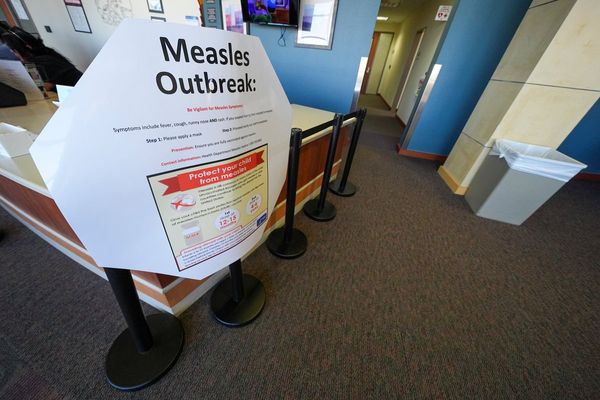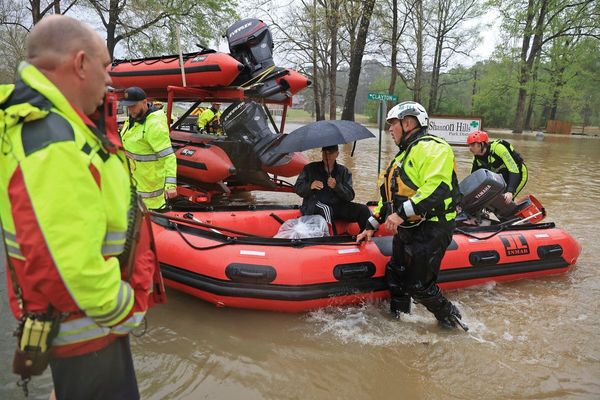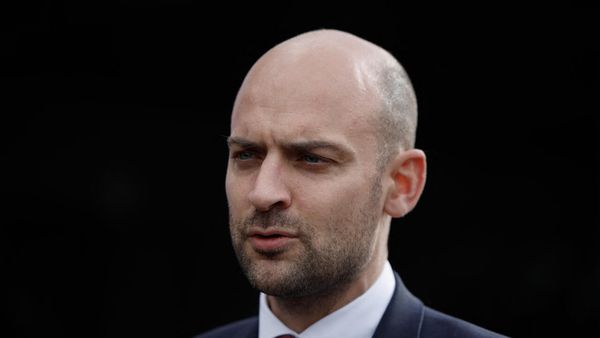
The month of January isn’t typically when to expect wildfires in California. Historically, wildfire season occurs between June and September, when the hills and brush scattered around the state are dry and more susceptible to going up in uncontrollable flames. The dryness of these conditions usually depends on how much rainfall the state receives during previous winters, among other factors. But the wildfires ablaze in Los Angeles right now, whose total destruction remains to be seen, show all bets are off when it comes to what defines wildfire season.
At the time of writing this, officials were responding to at least four fires in the Los Angeles region — the Auto, Eaton, Hurst and Palisades fires, which have spread to a combined 38,000 acres and counting. The death toll is at least 24 people.
“We now have a year-round fire season,” FEMA administrator Deanne Criswell said on ABC News. California Gov. Gavin Newsom also recently made a similar comment. “This time of year traditionally has not been fire season but now, we disabuse any notion that there is a season, it’s year-round in the state of California,” he said on social media.
And it’s not just California experiencing out-of-season wildfires. In early July 2021, the Oregon Bootleg wildfire was considered seasonally abnormal, taking place slightly earlier than a traditional wildfire season. Canada has also seen its share of year-round wildfires. Researchers from the World Resources Institute calculated in 2023 that forest fires are burning nearly twice as much tree coverage as they were 20 years ago. In other words, they are getting worse around the world and there are more of them happening.
Craig Clements, a professor and director of the Wildfire Interdisciplinary Research Center at San José State University, told Salon he agrees fire season is “year-round” now, but it’s a little more complicated and depends on the year.
“It’s not every year that we have winter wildfires, but Southern California is a little more susceptible to more winter fires than Northern California,” Clements said, adding that this January event has likely occurred because Southern California has seen very little rainfall in the past year. “LA received 4% of its rainfall, and so that right there puts that whole LA Basin in a drought.”
As a result, the fuel moisture levels are lower than they should be and primed conditions for the wildfires to ignite. All of this was made worse by the Santa Ana winds — which are normal for January, though usually less severe. “If this had happened during a regular winter without the lack of rain, we wouldn't be talking,” Clements said. “The fuel moistures would have been too high, and the fire wouldn't have carried.”
According to a study published last week in the journal Nature Reviews Earth and Environment, “accelerating hydroclimate whiplash” is partly to blame for the Los Angeles wildfires and could be contributing to an increasingly more common year-round wildfire season. For example, after years of drought, dozens of atmospheric rivers flooded California between 2022 and 2023. But 2024 brought a record hot and dry summer in the state. The explosive plant growth that occurred as a result of the rain became the perfect fuel for the flames. And other places will be just as susceptible to these dynamics as our planet continues to overheat — in fact, 2024 was the hottest year in recorded human history while marking a major failure for international climate goals.
“The evidence shows that hydroclimate whiplash has already increased due to global warming, and further warming will bring about even larger increases,” said author Daniel Swain, a climate scientist with UCLA and UC Agriculture and Natural Resources, of the new research in a statement. “This whiplash sequence in California has increased fire risk twofold: first, by greatly increasing the growth of flammable grass and brush in the months leading up to fire season, and then by drying it out to exceptionally high levels with the extreme dryness and warmth that followed.”
Swain said the Santa Ana wind event isn’t necessarily climate-change-related. “But climate change is increasing the overlap between extremely dry vegetation conditions later in the season and the occurrence of these wind events,” Swain said. “This, ultimately, is the key climate change connection to Southern California wildfires.”
Christine Shields, a climate scientist at the National Center for Atmospheric Research, told Salon when it comes to thinking about year-round wildfire seasons, it’s important to remember that the impact of drought on natural lands, forests and plants is measured “in multi-years and decades.” Even if there is normal rainfall one year, that doesn’t mean winter wildfires can be ruled out.
“We need to be prepared for year-round wildfire risk,” Shields said. “Even if we have a relatively normal water year.”
One of the dominant signals of climate change, Shields added, is fewer cold spells, more heat waves, and prolonged periods of warm weather. This will result in a drier climate. Australia, where it is currently summer, has had to contend with this problem head on, as the country leased firefighting planes to battle the fires in California. Some have argued this could make the country less prepared to defend themselves at home now that their fire "season" overlaps with the northern hemisphere. To be better prepared, Clements said, communities need to focus on building “resilience.”
“Defensible space mandates in the communities, maybe not rebuilding where major fires have occurred, or rebuilding in a different way,” he said. “Another thing that can be done is implementing by default a public safety power shut off.”
Clements emphasized that wildfires aren’t always directly a cause of climate change, but also micro-weather events.
“Lots of big fires burned lots of acres, not only because of climate change but also day-to-day weather events,” he said. “What climate change does is it puts its fingerprints on a lot of fires, it helps cause more drought, and those are increasing the fuel loads.”







